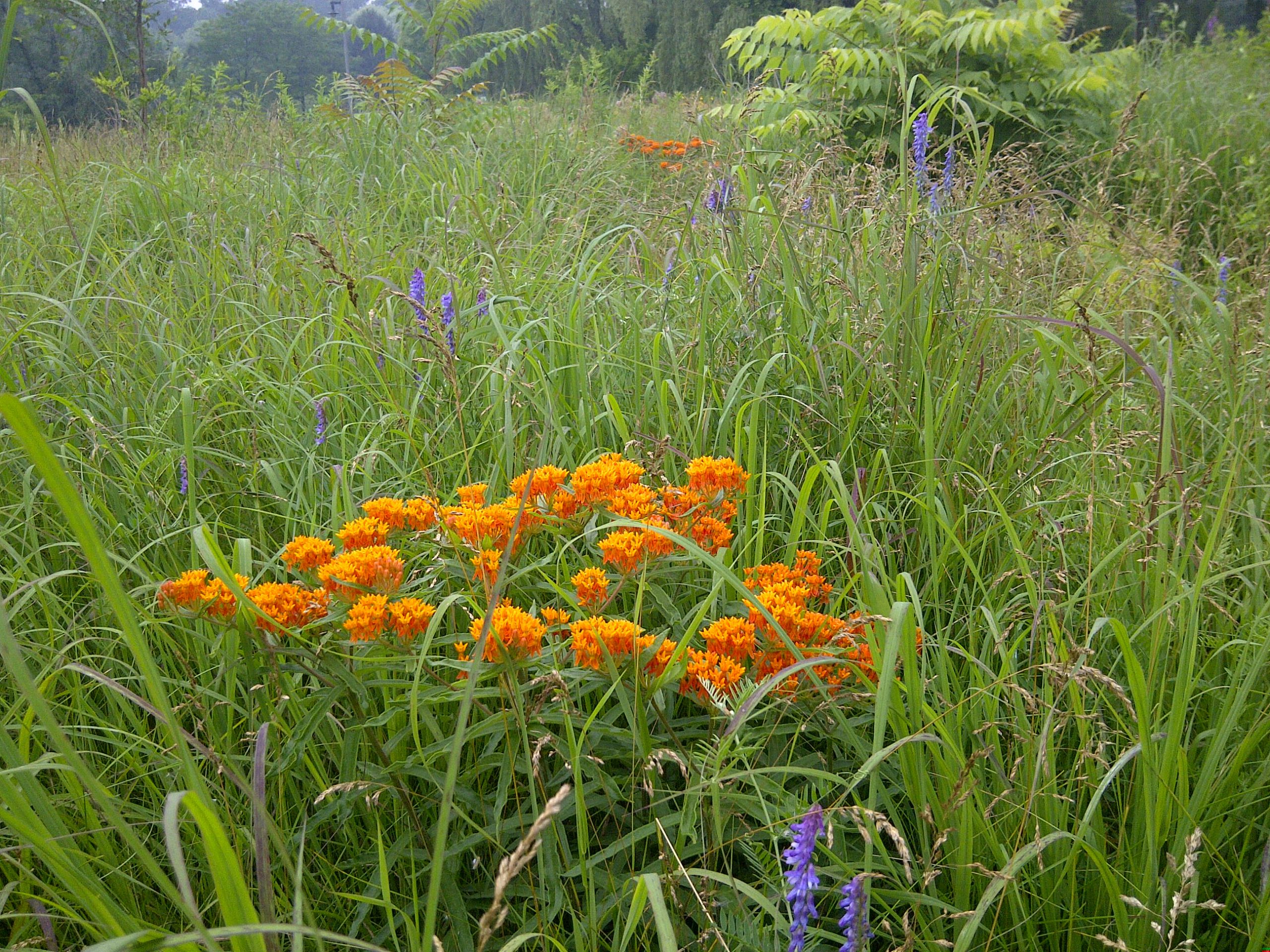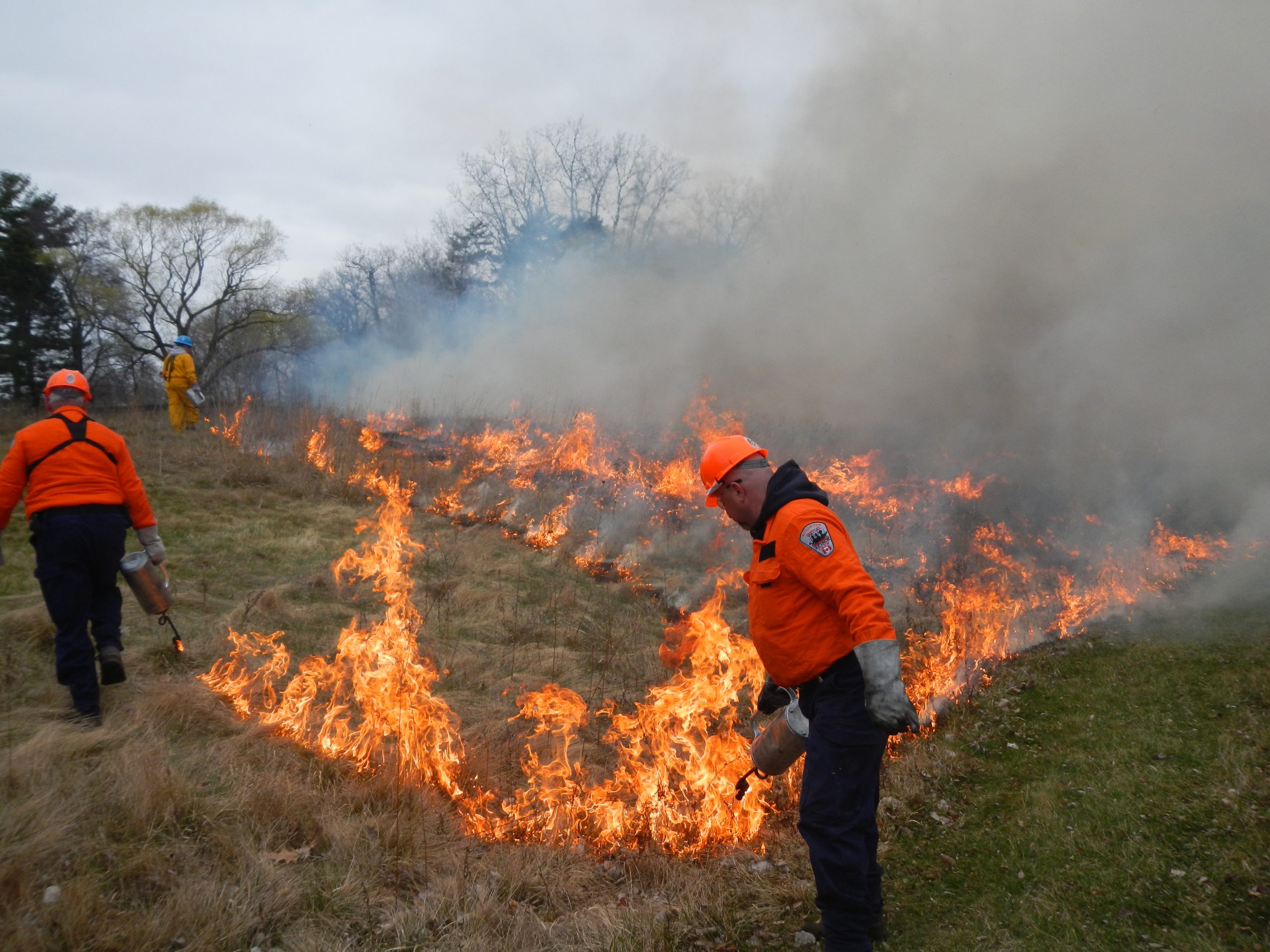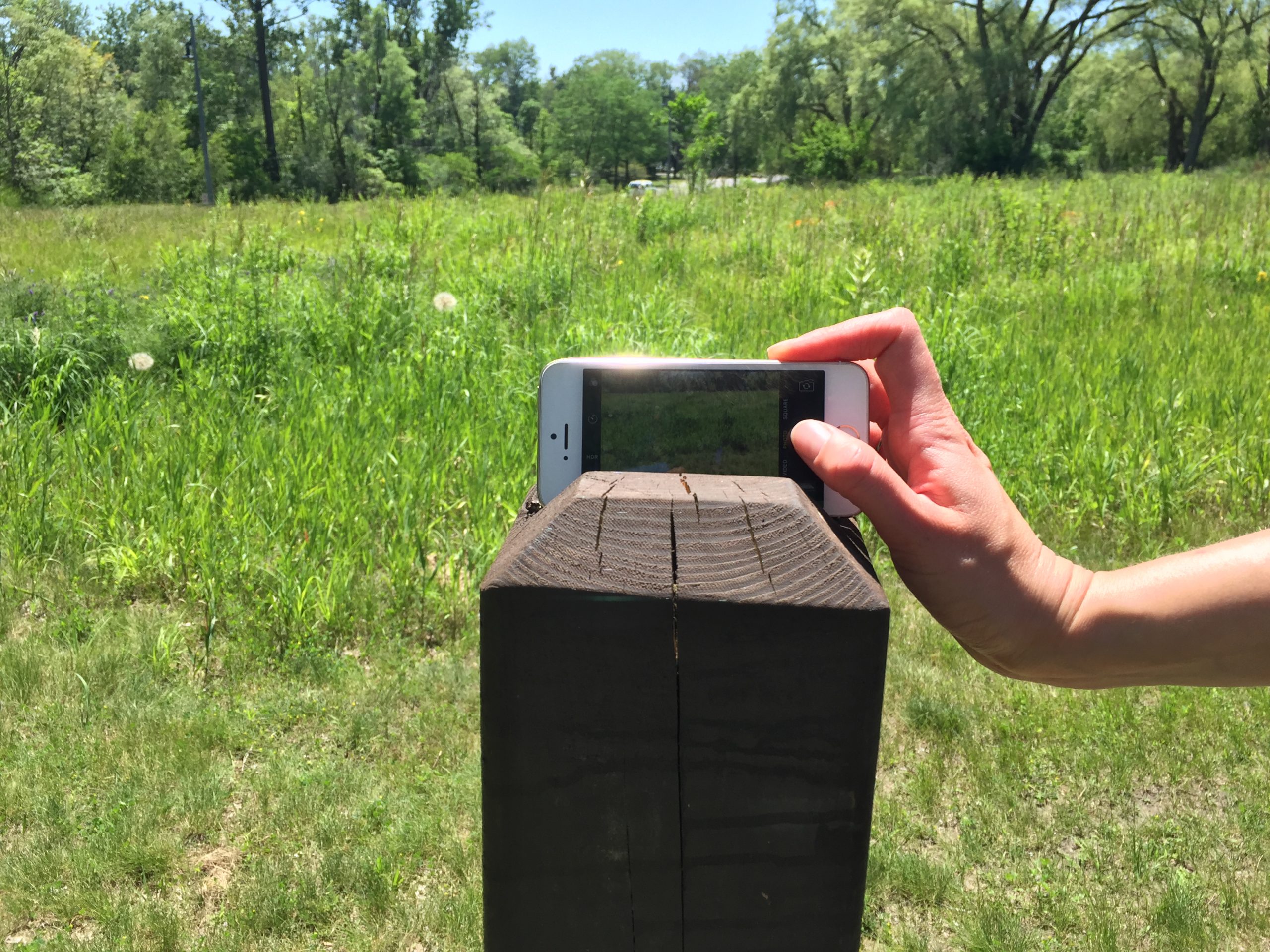Prairie Watch

Did you know that less than 3 per cent of Ontario’s tallgrass prairies remain? Mississauga is home to two such prairies—one at Jack Darling Memorial Park and another at Lorne Park Prairie.
Tallgrass prairies are home to many pollinators such as bees and butterflies. Many rare species depend on plants that can only be found in tallgrass prairies.
Controlled burns
One difference between a prairie and a meadow is that prairies are maintained by fire, while meadows are maintained by other factors like flooding. Tallgrass prairies need periodic fire to regenerate and get rid of invasive woody plants. As such, controlled burns are a way to maintain the health of this rare ecosystem.
Prairie grasses are dormant in early spring when controlled burns take place. Trained professionals light a fire that provides many benefits to the prairie while remaining safe and controlled. The fire knocks back weeds that have already started to grow, allowing for prairie grasses to thrive.
The prairie at Jack Darling Memorial Park had its last controlled burn in April 2021.


Help monitor the prairie

Our Woodlands and Natural Areas team is tracking the growth of the tallgrass prairie at Jack Darling Memorial Park and needs your help.
The next time that you visit the park, take a look along the Waterfront Trail by the prairie for a wooden post next to the prairie’s informational signage. We’ve installed this post in the hopes that visitors will insert their mobile phone or camera into the slot and take a picture of the prairie to share on social media with the hashtag #JDprairiewatch. We ask that you not use any filters when taking such photos.